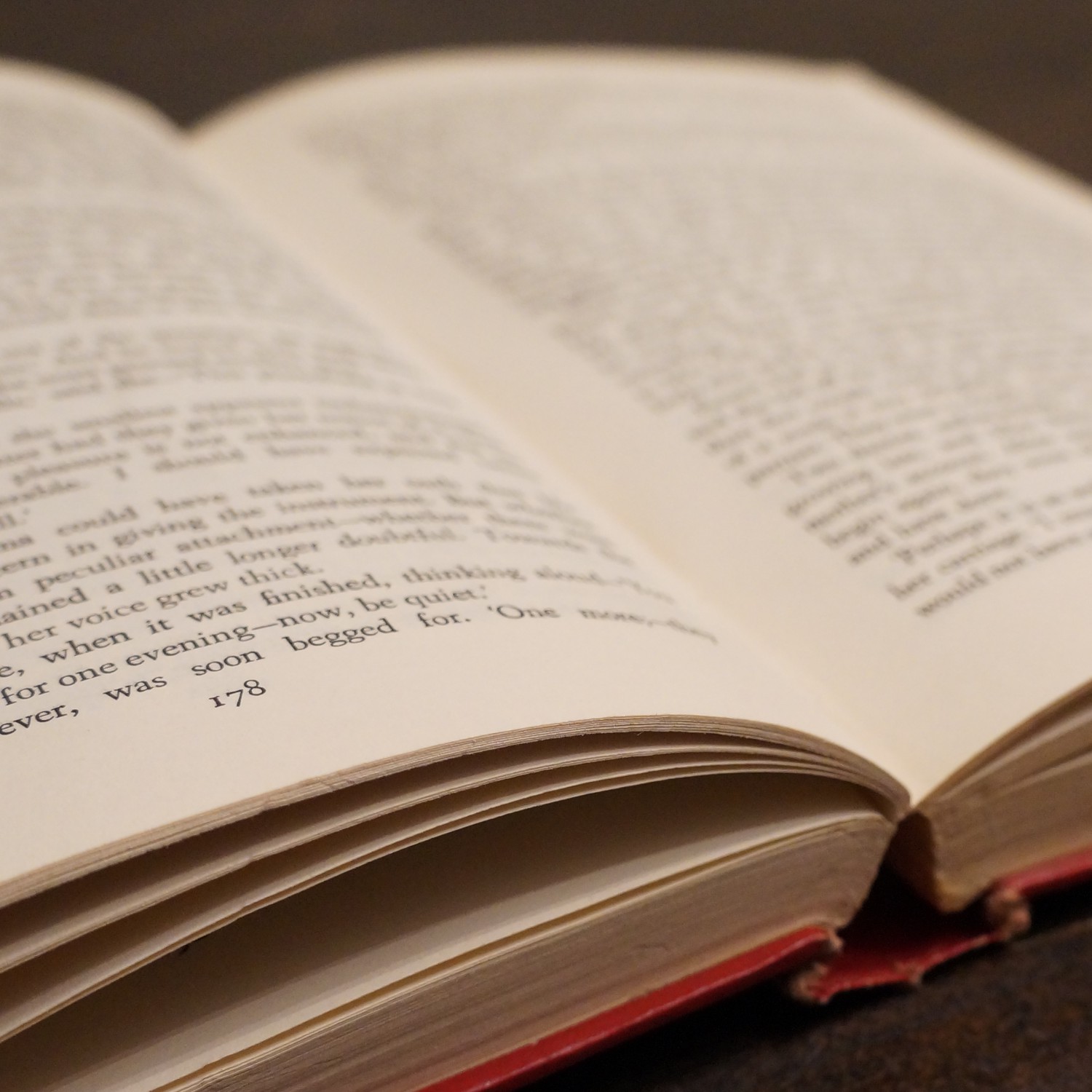Author: Louise Phillips (published 2013)
Normally I don’t read too many murder-mystery type novels. Typically, if I read any sort of crime-solving story, it involves a feisty PI butting heads with a stubborn detective trying to solve the same crime. They bicker and spar, but we all know that as soon as the crime is solved, they’ll fall in love. The Doll’s House is a darker novel altogether. But, I think the hint of some creepy doll house factoring into the storyline is what initially drew me in.
This story is set in Dublin and ultimately revolves around the murder of a well-known media personality who is found stabbed and drowned in a canal. Detective Inspector O’Connor calls in a criminal psychologist, Dr. Kate Pearson to help him solve the case. O’Connor and Kate have worked together previously, and that eliminates the getting-to-know-you back and forth that might otherwise bog down the plotline.
While Kate and O’Connor try to unwind the potential motive behind the killing, a tandem storyline is taking place. Clodagh McCay, a recovering alcoholic, is visiting a hypnotherapist in an attempt to uncover some unsettling memories from her past. As the therapist takes her into deep hypnosis, she relives scenes from her past in the form of dolls from her childhood dollhouse come to life. It becomes clear that a major event took place during this time in Clodagh’s childhood that changed her life and the lives of those around her. These events tie into the death of the man in the canal, and a killer intent on seeking revenge.
While reading this, I felt like the plot threw in enough twists and turns to keep me guessing, but not so many as to get confusing. I swung back and forth between who I believed to be the killer. But, the story isn’t only about figuring out who the killer is, it’s also about why he or she is motivated to kill. That’s where the criminal psychology and even Clodagh’s hypnotherapist sessions come into play. And, that’s what I enjoyed most about this novel. It wasn’t just a whodunit, it was equally about the why.
There were, however, two parts of the novel that I was confused about being included. In the very beginning, Kate is looking at crime-scene photos of a rape. She is working on a profile of the attacker, who they believe to be a serial rapist. As she’s sifting through the photos, she sets them aside to go to a meeting with a young girl named Imogen who she’s been working with for months. Imogen has large gaps in her memory that Kate is convinced are a result of an earlier trauma. It’s even sort of suggested that Imogen’s family may not be telling her the whole truth about something. Both of these mini-plots are revisited a couple of times throughout the novel, but never really go anywhere. I don’t know if they will eventually tie into another novel by Phillips or not, but I felt we were left hanging a bit. Especially with the Imogen story. I’ve checked out her website, but I didn’t see any synopsis that looked like this particular storyline.
Overall, though, this was a page-turner for me. I liked that the suspense relied more on the psychology of the killer rather than overtly gruesome details. That’s just something I personally enjoy more. I will definitely be checking out another one of Phillip’s novels. It looks like the “next” novel is Red Ribbons – also featuring Kate Pearson. In fact, it looks like Kate is a feature in all her books. They probably don’t need to be read in a certain order, but it might be interesting to see the character growth. Plus, it looks like we get to find out a little more about Kate’s own troubled past.

